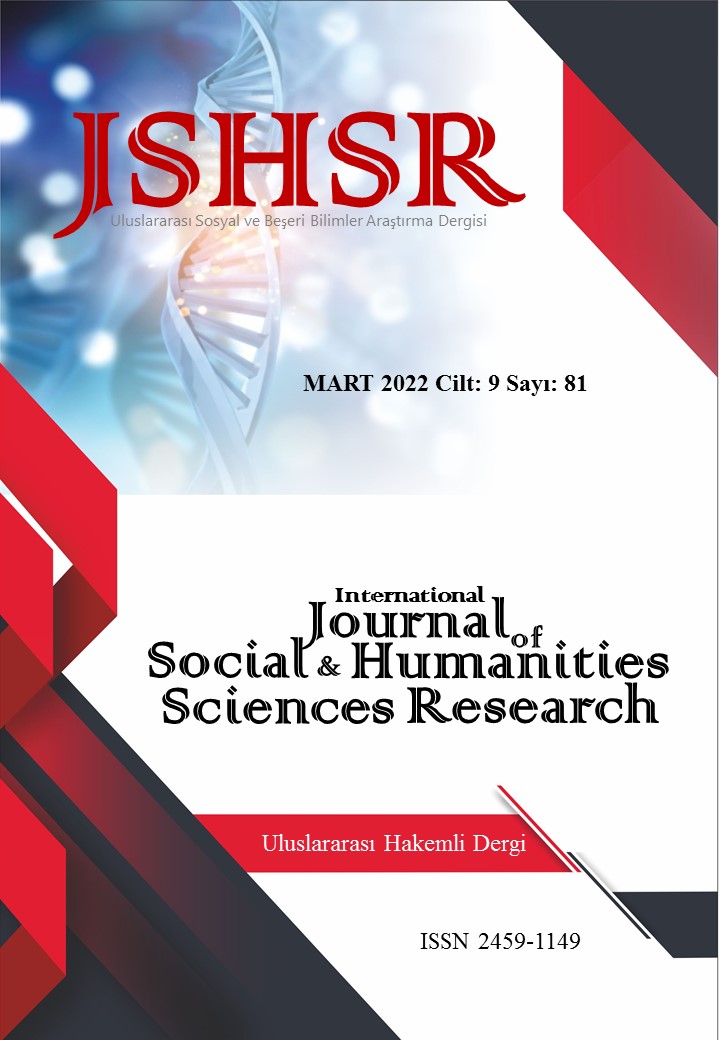THE INTERPRETATIONAL ANALYSIS OF NIETZSCHE AND THEIR CRITICAL THEORY IN THE ENLIGHTENMENT PROCESS
DOI:
https://doi.org/10.26450/jshsr.3006Keywords:
Public Relations, Enlightenment Process, Critical Theory, NietzscheAbstract
The subject of this article is to reveal Nietzsche's philosophy, which interprets the individuality theme of the enlightenment process, which shifts from religious understandings to secular minds, with a different perspective from its contemporaries, and which is based on the individual's dominance over himself. The aim of the article is to establish a philosophical tradition that presents the critical analysis of the Enlightenment and modernity-oriented structures; By examining the Enlightenment critique on the basis of 'reason', Adorno, Horkheimer, and Habermas, one of the Critical Theorists, aims to reveal their positive and critical aspects of Nietzsche. A literature review was chosen as the method in the article. Nietzsche's individual-centered philosophy has been examined in terms of the morality of ressentiment, will to power, superhuman, perspectivism, and eternal return teachings, and has revived the individual thought by preparing the ground for a postmodern exit against the risk of modernism to destroy subjectivity. Nietzsche's aim is to put basic value forms into life and to give a positive meaning to them through questioning the line of causality. For this purpose, it is to continue to follow with its discourses on art, aesthetics, and myth. However, while doing this, he was dragged into a journey claiming the opposite of his own philosophy with a perspective that loved his destiny and accepted his fate, and his path to myth and art remained as an unfinished project for the pains of the modern World.
Downloads
Published
How to Cite
Issue
Section
License
Copyright (c) 2022 INTERNATIONAL JOURNAL OF SOCIAL HUMANITIES SCIENCES RESEARCH

This work is licensed under a Creative Commons Attribution 4.0 International License.


